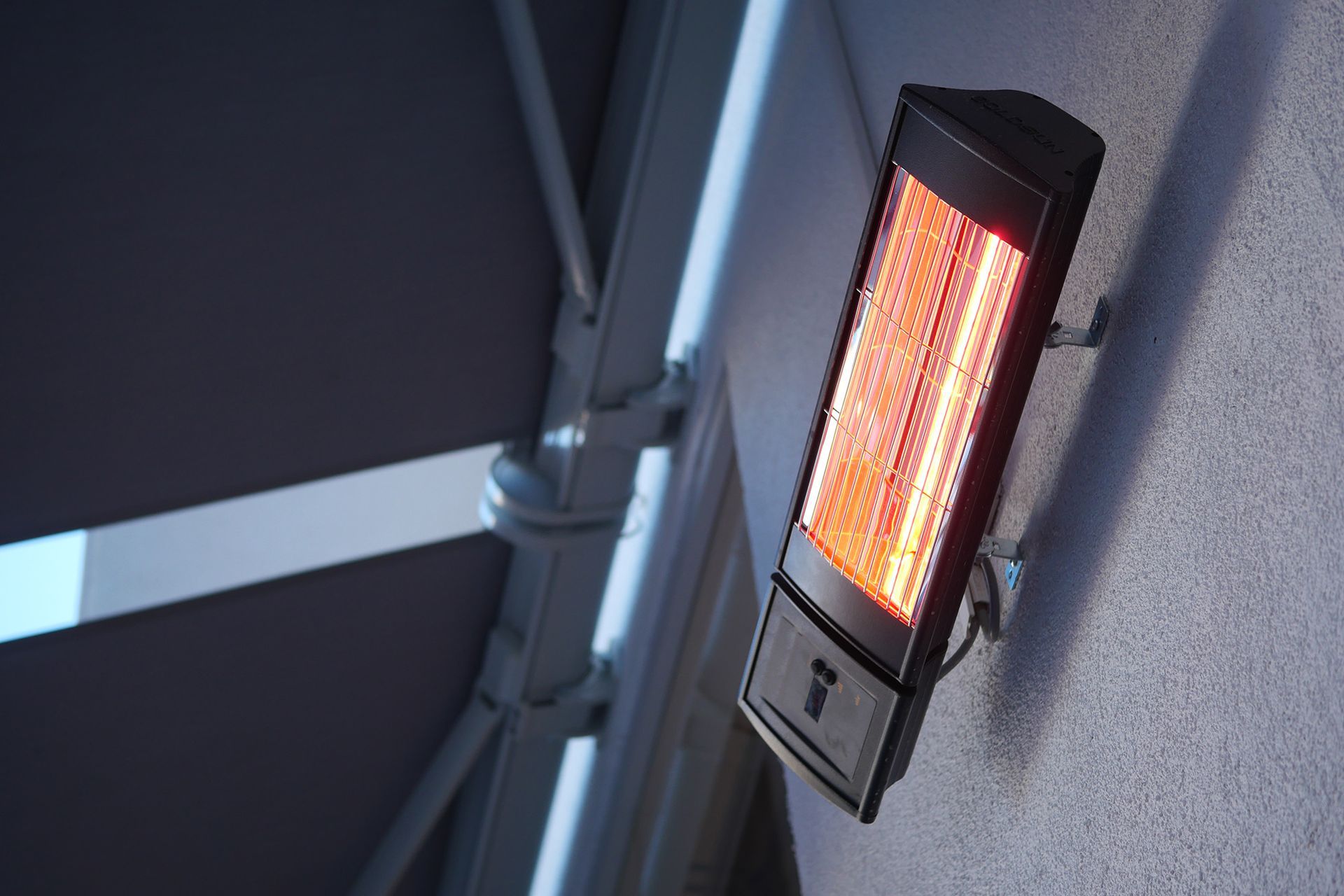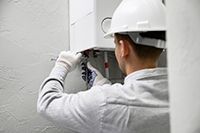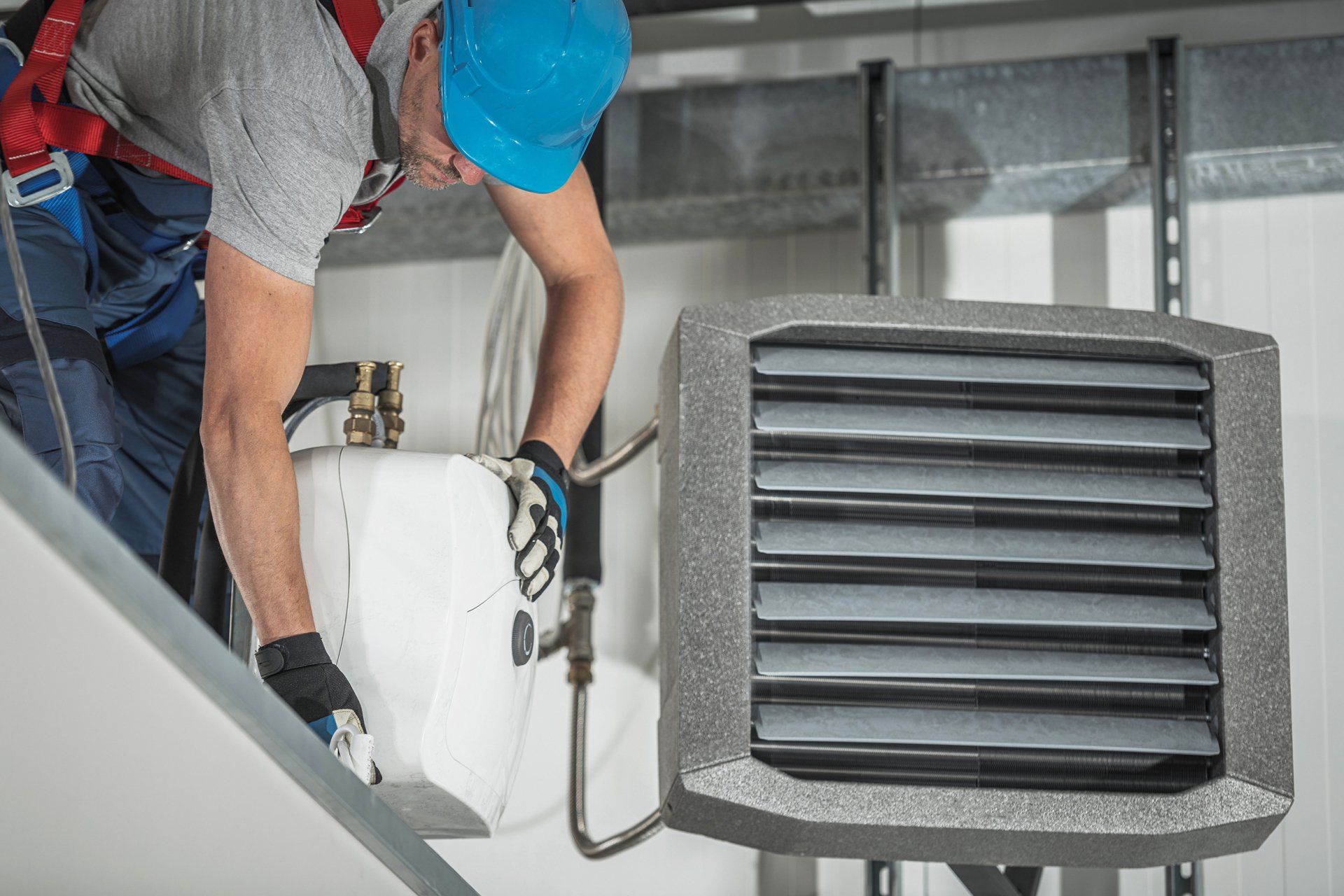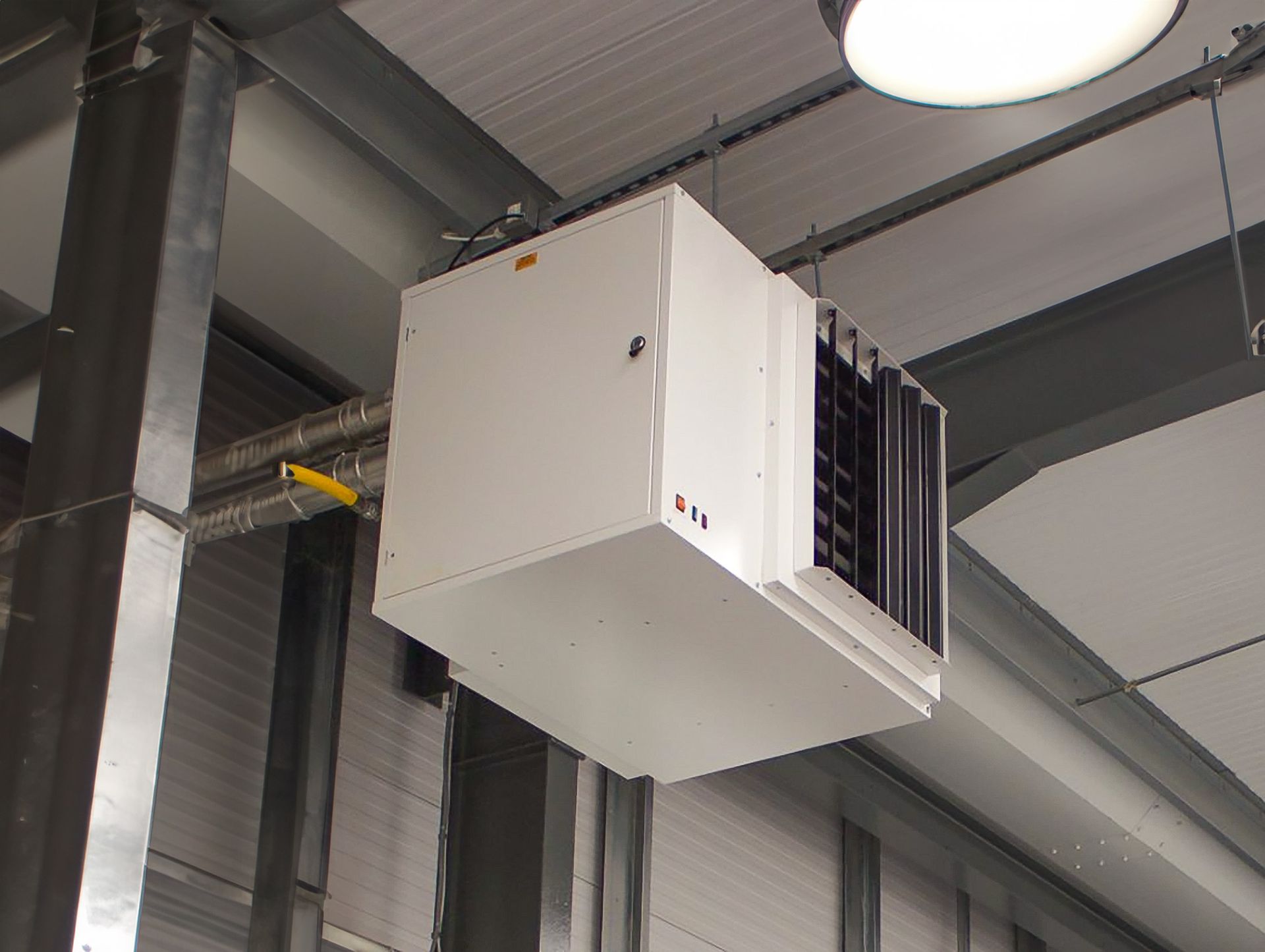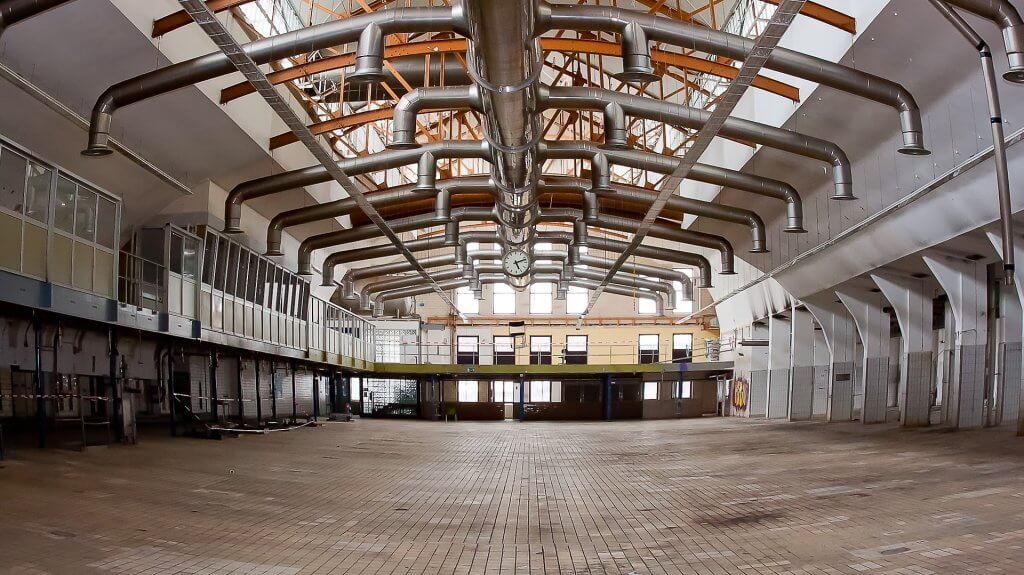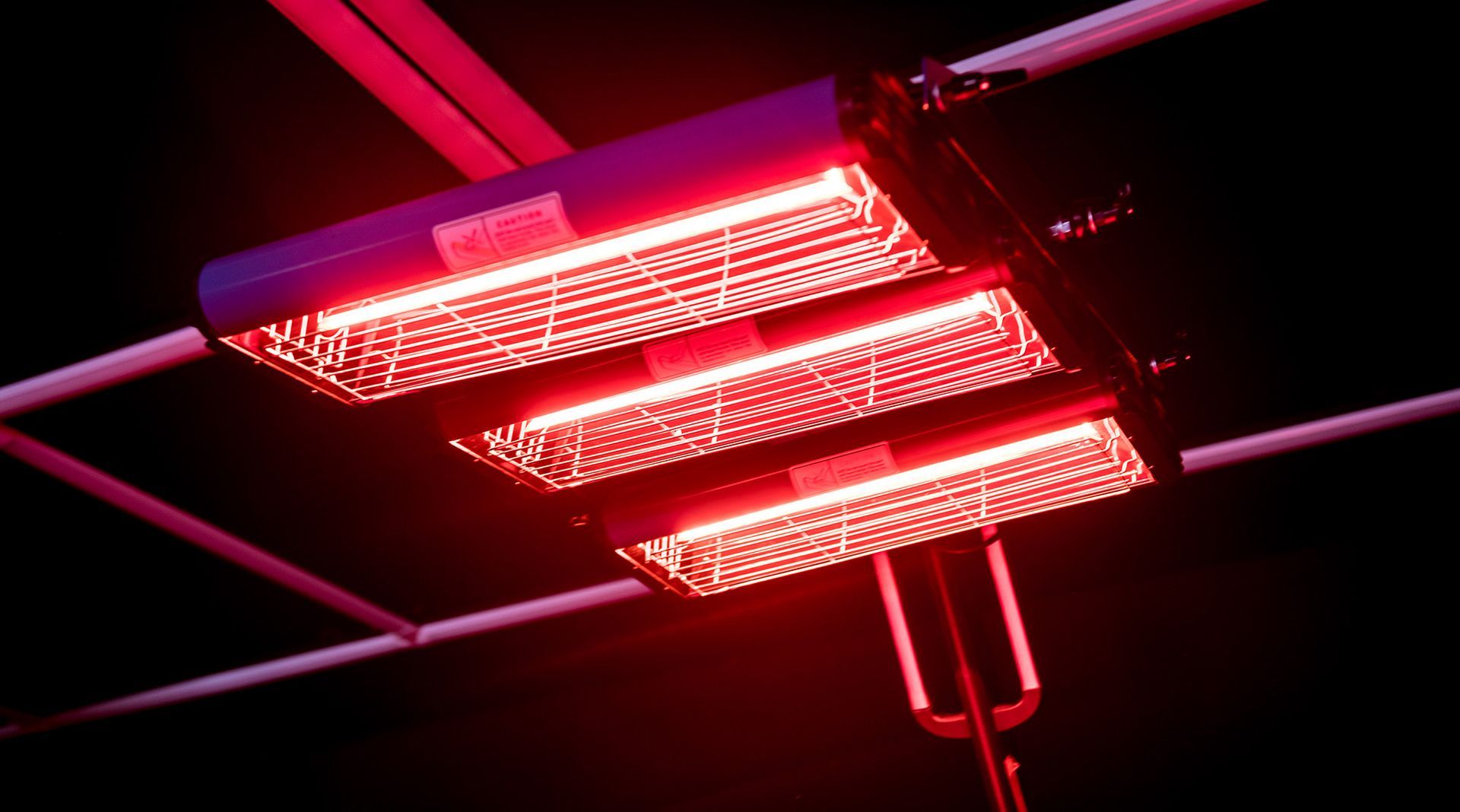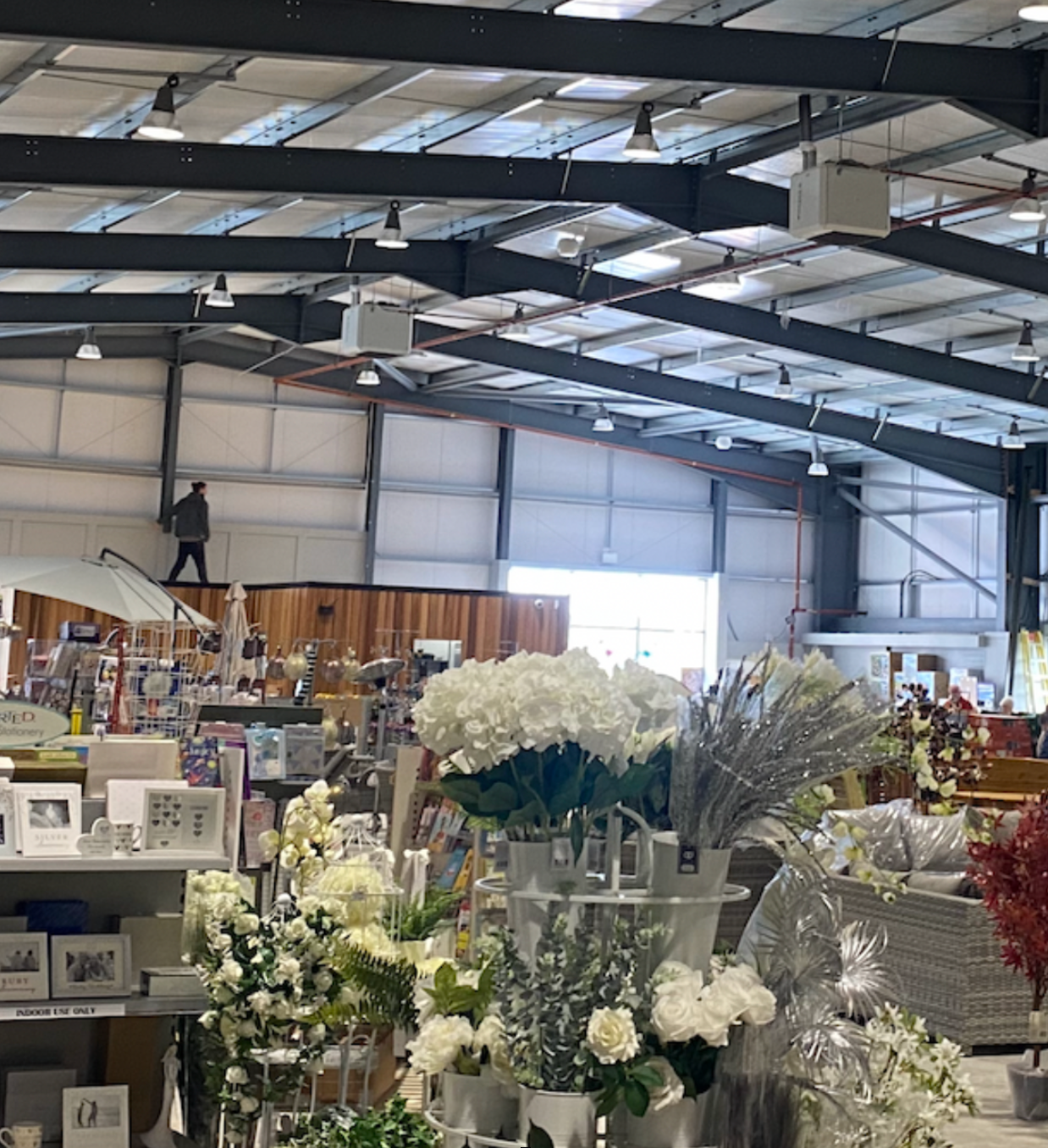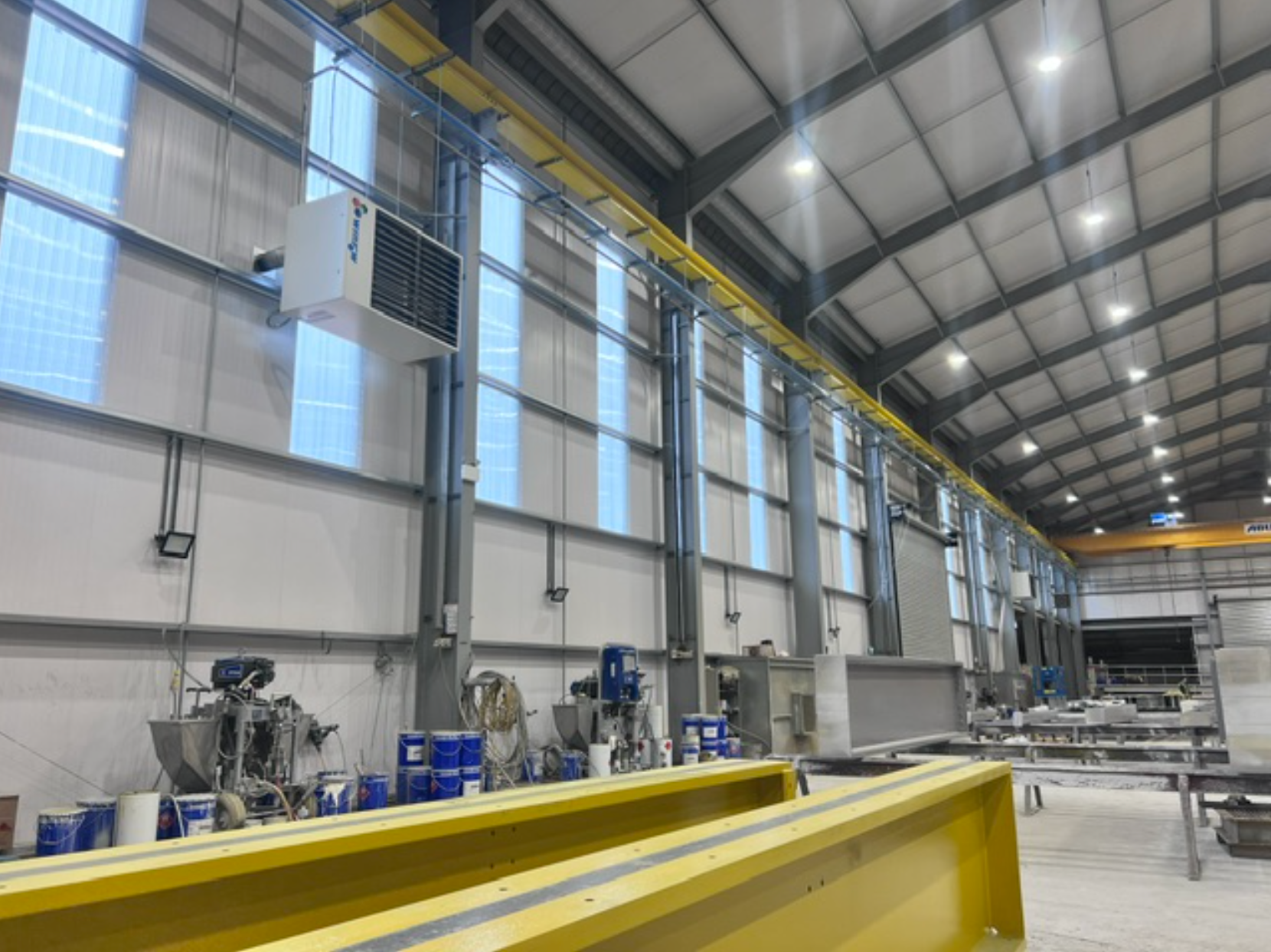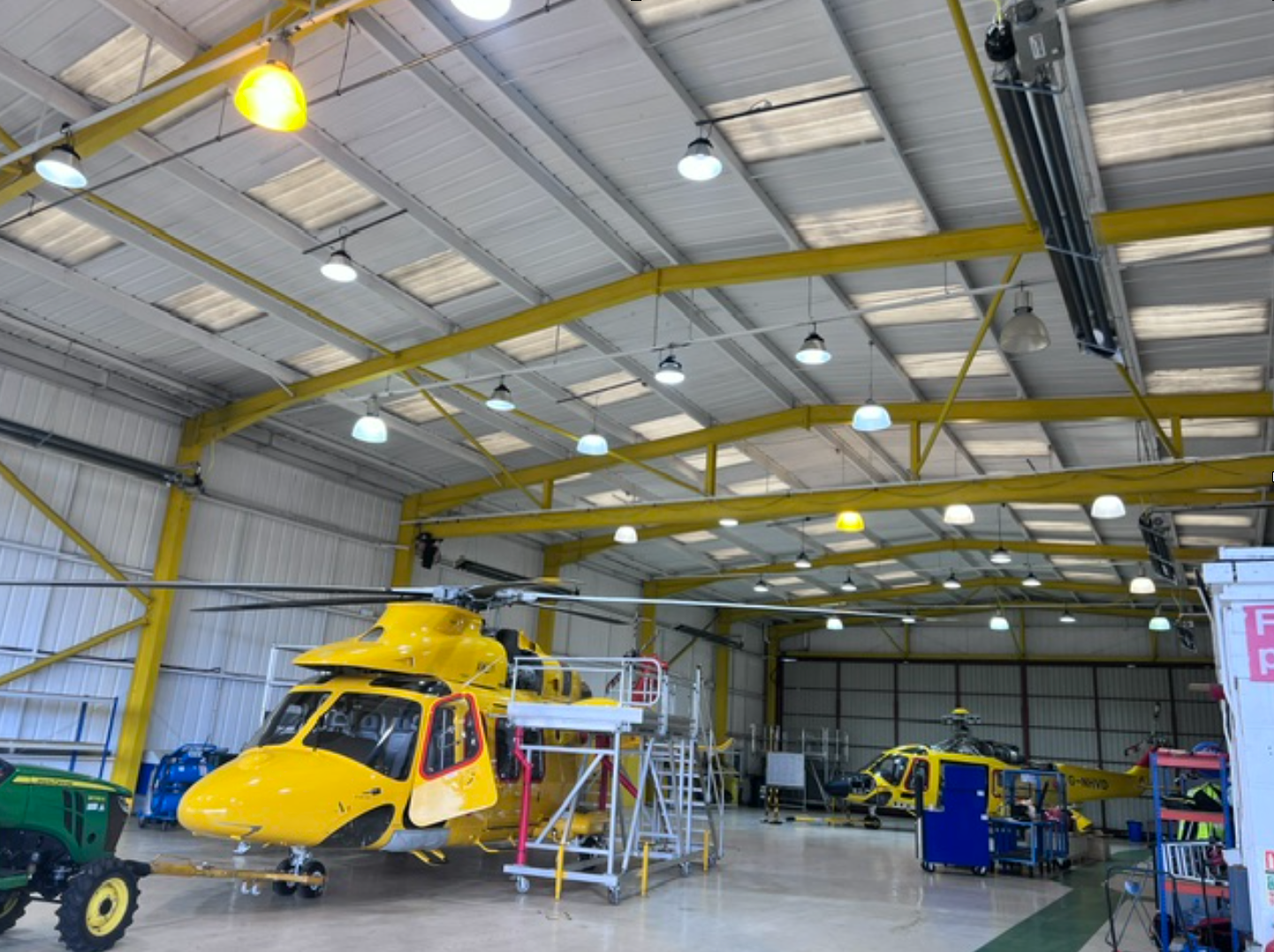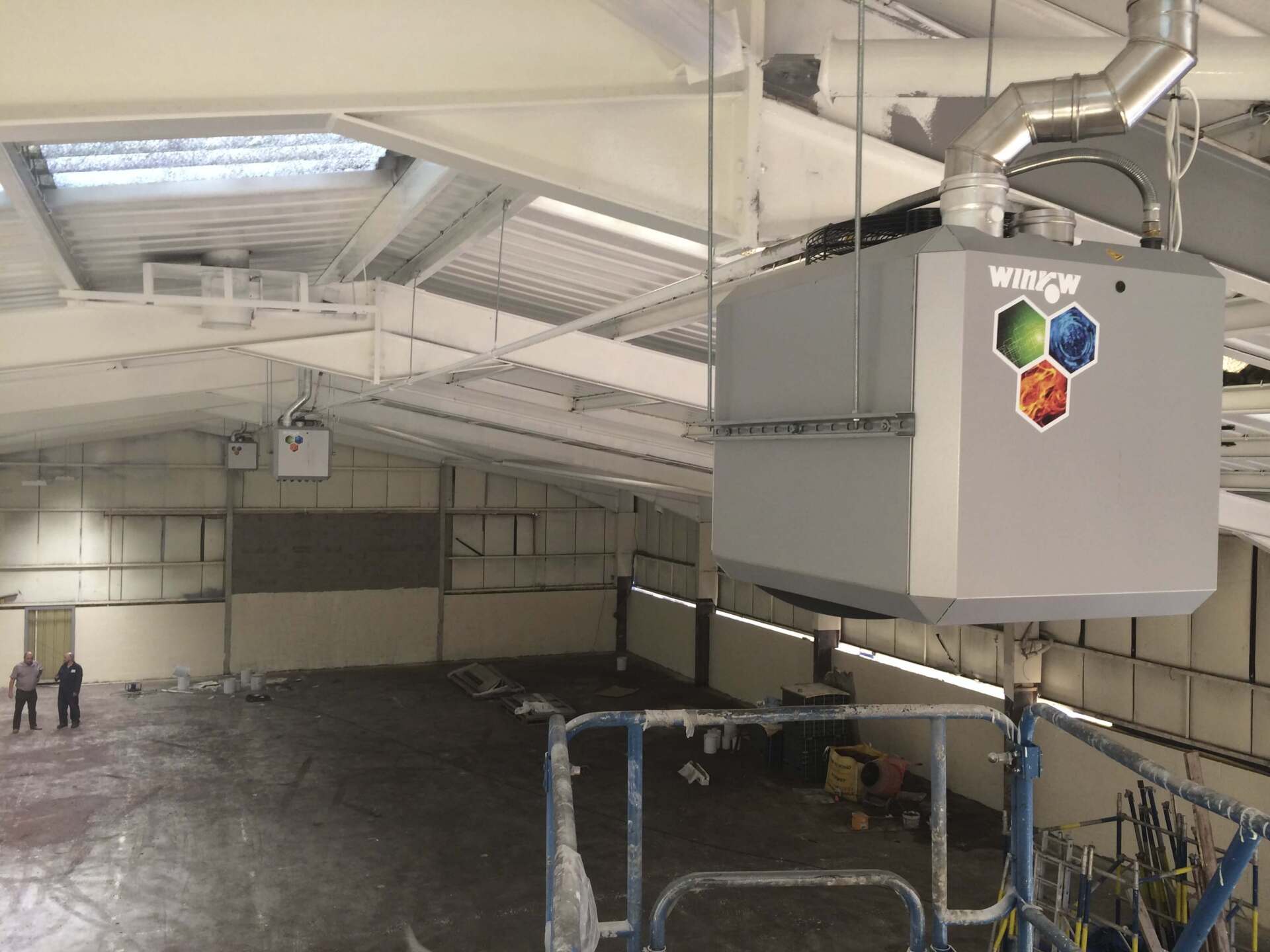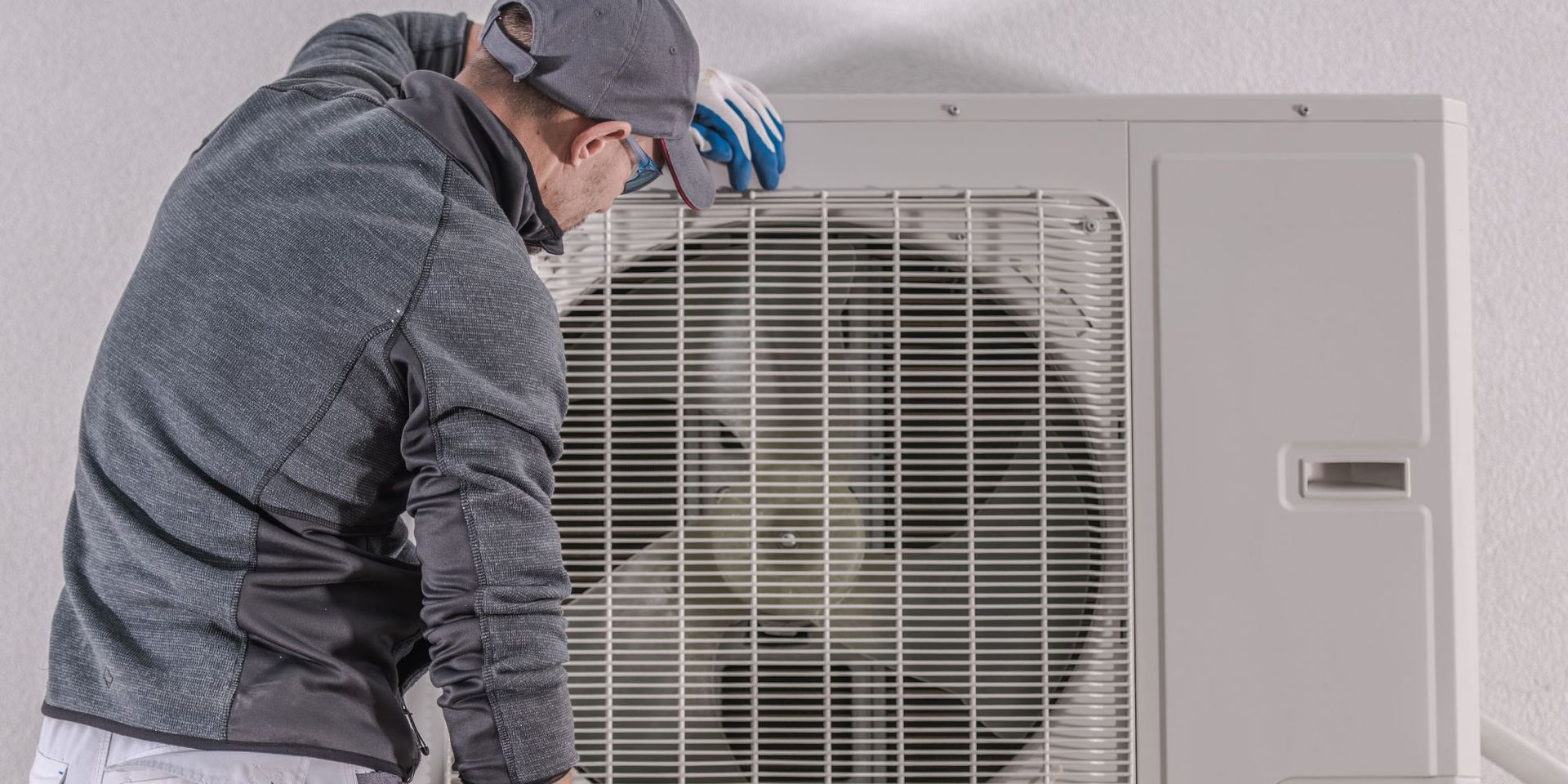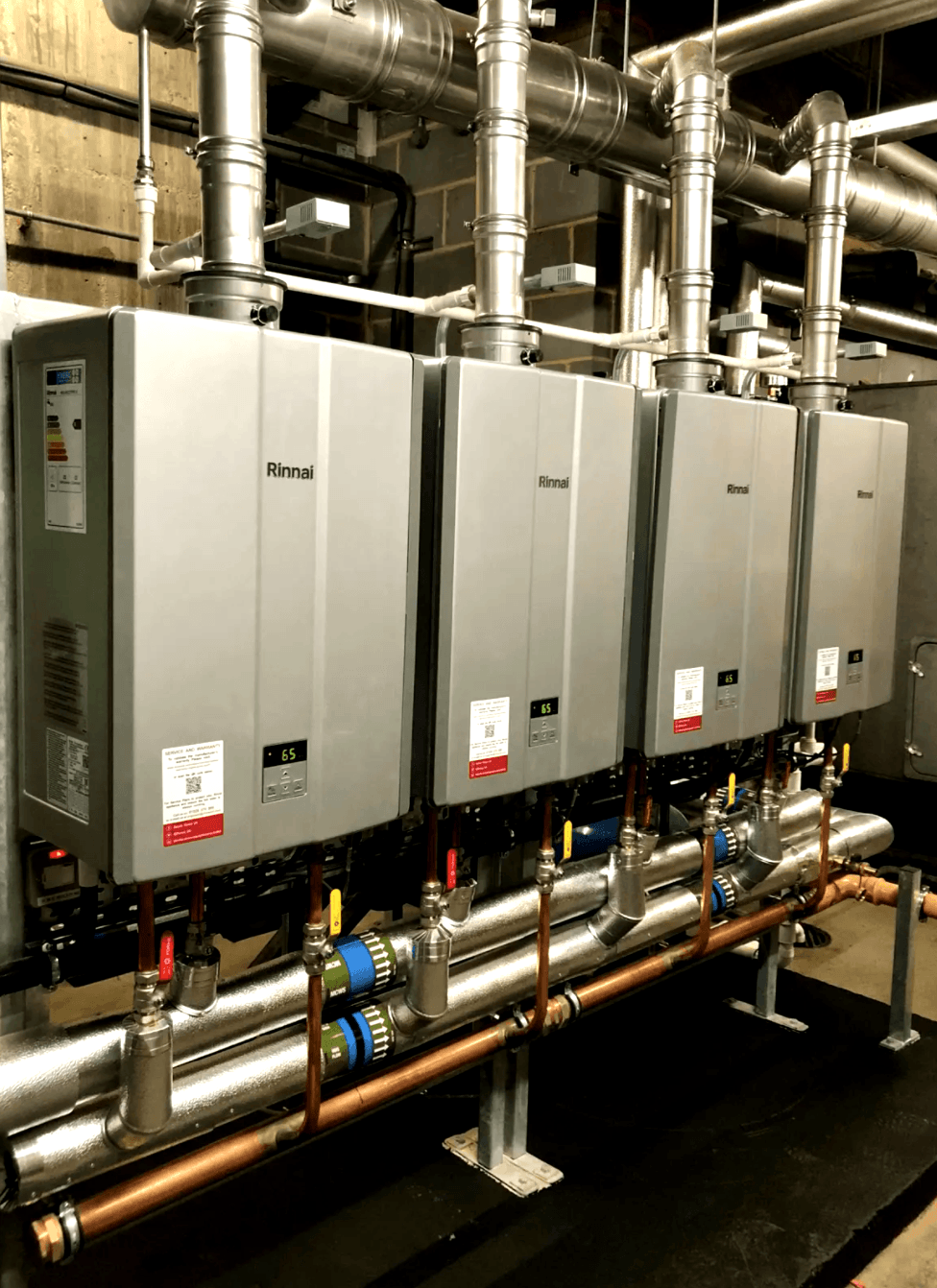What is the best way to heat a warehouse?
There are several challenges that come with warehouse heating, such as adjusting a method to the nature of a building and the layout of storage facilities inside. A mistake can cause poor heat distribution, which risks wasting money and energy. That is why it is important to ensure you get it right first time when heating your warehouse.
There are two primary options for heating warehouses, and these are radiant heating and warm air heating.
Each option has its advantages and disadvantages, which we explore below.
What is warm air heating?
Warm air heating systems incorporate a vent in order to pull heat in from outside air. It is then heated over a gas flame, circulated via ducts, grills or vents which are situated around the building. You manage them using a thermostat.
While we specifically mentioned gas, that isn’t the only choice when it comes to warm air heaters. You can also use an oil-fired burner that is located in the body of a heater (direct-fired), hot water piped into a heater from a central heating plant like a boiler (indirect-fired) or an electric element.
It is possible to suspend warm air heaters from the roof, mount them on a wall or they can stand on the floor. However, with the latter option, they are going to take up more space.
Costs of upgrading to warm air heating
This largely depends on the type of warm air heating you opt for and how large the space you want to heat is.
It will cost more money to heat a larger warehouse than it will a smaller one, but in the long run it will likely cost less money.Naturally, the different types of warm air heating you use will also change how much you pay overall.
Remember to always check that quotes you get explain exactly what they cover.
Advantages of warm air heating
There are several benefits to using a warm air heating system in a warehouse:
- To start with, it is a modern system that warms up quickly
- Due to the way it’s set up, you also don’t need radiators
- They operate quietly too, so none of your workers are going to be irritated by white noise caused by some heating systems
- They are extremely energy efficient, more efficient than most other heating systems
- Some of the more modern systems can also be controlled electronically so you can get a stable temperature, allowing you to modify as you see fit
- They’re extremely effective because some provide an option for electronic filtration. This is ideal if any of your workers have allergies, as it regularly removes a high proportion of particles in the air like human and pet hair, bacteria and pollen
What are radiant heaters and do they use a lot of electricity?
Radiant heating provides electricity through suspended radiant tubes, or in some cases by radiant plaque heaters that can be mounted on a wall or suspended. These heaters emit infrared radiation from a hot surface, and this heat is radiated to warm objects and people.
Unlike warm air heating, radiant heating doesn’t warm the air it passes through.So what does this mean for electricity? Thankfully, radiant heating is affordable.
Part of the reason for this is that with radiant heating you aren’t wasting any energy by heating air that’s just going to escape through windows or chimneys. All you are doing is heating objects that need it, in turn saving energy.
Advantages of radiant heating
There are a number of advantages to getting radiant heating.
- You may already know that the majority of heaters end up drying out the skin and can block the sinuses – this simply is not a problem with radiant heating
- It doesn’t lose any heat through ventilation, nor does it dry air in the room
- Radiant heating is suitable for buyers concerned about their carbon footprint
- It doesn’t have issues with heat loss, because it uses all of the heat that it generates
- They also cost little to run because there aren’t any moving parts that could develop faults or wear out after a while
- All you need to do is clean the reflectors on occasion so that the heater is kept in good working condition
Radiant heating versus warm air heating
There are a few differences between warm air heating and radiant heating.
Firstly, heat distribution; a warm air system is going to circulate the warm air around the space so there’s not much difference in heat wherever you go as long as it’s installed properly. With radiant heating, you will need to be in an area where the heat hits in order for you to feel its benefit. This can cause some issues if your warehouse has a lot of tall structures like racking, as it will get in the way of people getting the heat source. On the other hand, warm air heating needs the flow of air to work properly, so it can sometimes be challenging to avoid cold spots. If it’s not properly installed, you may not get even heat distribution. Heat is also more likely to escape and waste energy with a warm air heating system because it is distributed through the air.
Both are suitable for warehouses, but in the majority of cases, it may be best to opt for a warm air heating system as they are usually the most efficient for this kind of space, especially if yours has high racking.
Share This Post.
Latest News | Winrow Industrial Heating
